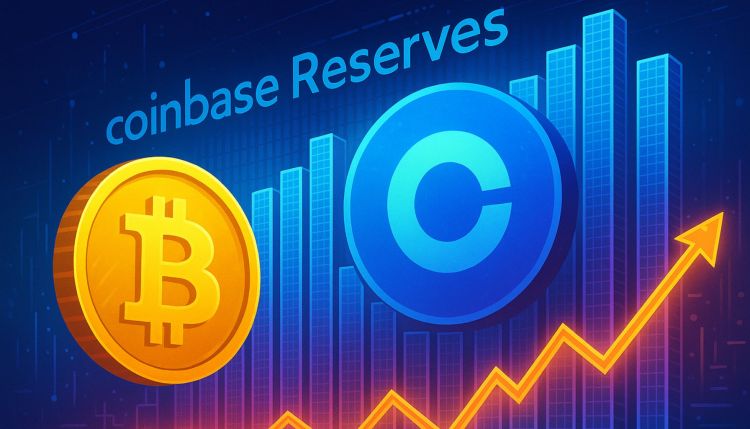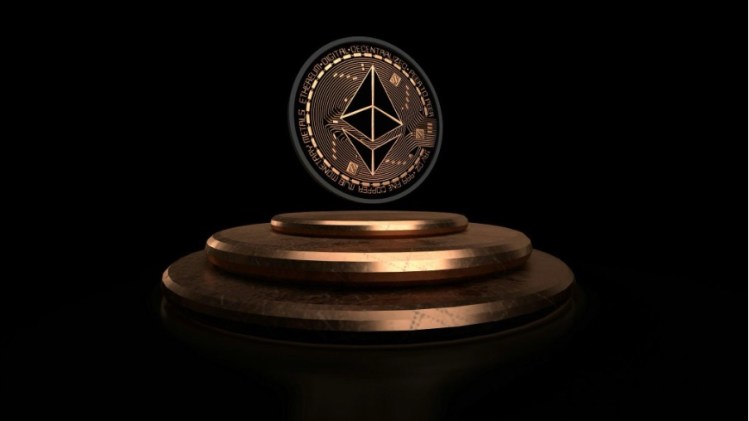Reason to trust

How Our News is Made
Strict editorial policy that focuses on accuracy, relevance, and impartiality
Ad discliamer
Morbi pretium leo et nisl aliquam mollis. Quisque arcu lorem, ultricies quis pellentesque nec, ullamcorper eu odio.
It’s unquestionable that the future of mankind is one filled with machines, IoT devices, and robots. Be it sensors, drones, assistant robots, they’ll all be generating abundant amounts of data through their activities and interactions with humans. Much of their generated data will be valuable to both individuals and companies.
Just take a few moments to imagine a future for yourself where you’d be able to monetize valuable data created by your robotic devices and turn that into a source of income by tokenizing it on the blockchain. Or one where your automated home environment can autonomously purchase or process helpful data to do its job better and make your life more convenient.
A collaboration between Robonomics, a platform for developers and engineers to connect IoT and ROS compatible devices to a digital economy and Ocean Protocol, which lets one monetize any kind of data is creating a future where machine data can be automatically monetized.
Through the use of Robonomics, IoT devices and robots can become economic agents for people. Simply put, they can partake in legal obligations, purchase things, and even participate in an open job market.
As mentioned previously, a robot economy naturally produces a lot of data, this is where Ocean comes in. Robonomics leverages Ocean Protocol and the creation of data tokens, a fundamentally new type of asset, to discover new pathways and use cases for automatically monetizing data generated by robots and IoT devices.
With a growing robotics and automation trend in everyday life, it is now already possible to quite easily see potential applications of such technology. An important and demanded one is the tokenization of environmental data obtained from a device, for example, a sensor or drone that measures soil, air, and water pollution.
The ability to tokenize and monetize such environmental data will allow for the emergence of new markets that revolve around concepts of carbon credits and citizen science. If we take into account a growing interest in pollution, environmental friendliness and management, then quite a bit of value can be attributed to this data. And the value of it will only continue to grow.
We all interact with autonomous systems quite frequently in our daily lives while often paying no attention to it. For instance, we’ve all likely been in contact with a robotic customer service agent on the phone or online. There is valuable data in such interactions that could be tokenized for marketing and consumer relations purposes.
As the trend of IoT and robotics involvement in our daily lives continues to grow, so will use cases for the tokenization of such data. Imagine robot waiters or public service workers and the audio, visual, and any other data they collect when executing any given task like serving or helping a customer. If such a robotic waiter or worker was live on the Robonomics network, its data could be collected and further analyzed with machine learning and various algorithms, tokenized, and sold to those who need it.
The use cases presented are no more than but a little food for thought of what can be achieved through the Robonomics Network and Ocean Protocol collaboration. As IoT and robots continue to proliferate, entirely new avenues for the use of their data will emerge. And both projects are essentially ushering in a new market for cyber-physical data and will be at the forefront of it.

















